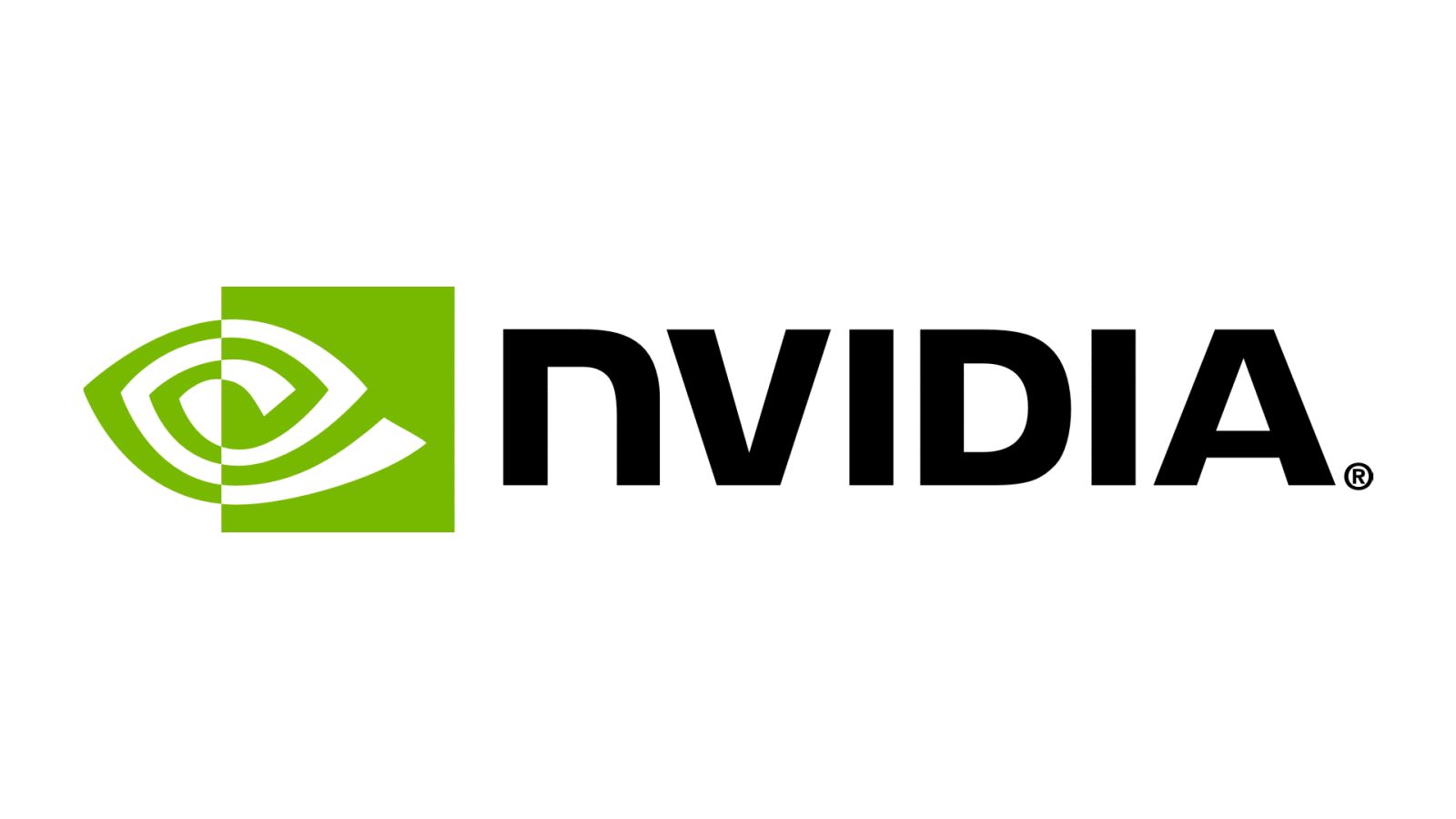Introduction
AI agents are rapidly becoming performance multipliers: they speed development, decisions, operations and deliver measurable value.
Their promise lies in freeing human capacity for higher-value work through context-aware automation and iterative improvement. Knowing exactly where they create impact is essential for scaling and investment justification.
Context
AI agents are systems that learn, reason over context and act autonomously within business workflows.
Adoption spans software engineering, financial insight, telecom networks, manufacturing lines, customer support and education. Examples show saved engineering days, lower defect rates, reduced analytical latency and always-on personalized tutoring. Success depends on linking deployment to trackable metrics: adoption, autonomous completion, efficiency, quality and economic outcomes. Without measurement, proving ROI and guiding refinement becomes difficult.
The 6 Core Impact Areas of AI Agents
The following domains illustrate how AI agents elevate team performance.
1. Accelerated Software Development
AI agents shorten release cycles by assisting code generation, testing and deployment.
They function as intelligent copilots: surfacing early errors, generating tests, consolidating documentation and expediting onboarding. A specialized multi-agent setup trained on internal design data enabled thousands of engineers to reclaim substantial engineering days in a year, improving verification speed and documentation quality.
2. Data-Backed Decision-Making
AI agents distill complex, time-sensitive information into rapid insights for decision makers.
In finance, an embedded copilot lets users probe portfolios, research and cash positions via simple prompts, cutting exploration time from minutes to seconds and improving decision precision. For sales, agents aggregate internal and external signals to provide timely account intelligence, reducing information latency.
3. Optimizing IT Operations
AI agents proactively monitor infrastructure and networks, anticipating issues.
In fast-moving telecom settings they analyze real-time performance indicators to predict potential service degradation. Adoption of intelligent configuration blueprints supports automation and autonomous management aligned with advanced cellular performance demands, reducing manual reactive intervention.
4. Industrial and Manufacturing Efficiency
Video analytics and digital twin powered AI agents cut defects and build times.
Internal platforms have multiplied agent development speed several-fold over recent years. Digital twins enable virtual simulation and optimization of production lines before physical build, shrinking factory ramp time. Video analytics agents lower labor cost per line and defect rates, while industrial copilots leverage real-time factory data to guide maintenance with potential reactive time savings. Combined digital twin and intelligent monitoring reduce deployment time and enhance safety and quality.
5. Enhanced Customer Service
AI agents scale 24/7 support, lowering waits and analytical costs.
Generative solutions with dozens of production agents handle routine inquiries, retrieve pertinent documentation and autonomously resolve repetitive cases. Leveraging optimized microservices for language models, they recall organizational context from emails, meetings and transactions to tailor responses. Real-time feedback loops feed a data flywheel that refines accuracy, producing substantial reductions in transcript analytics cost.
6. Personalized Education
AI agents democratize continuous adaptive tutoring for large cohorts.
A virtual teaching assistant built with retrieval-augmented generation guides students step-by-step instead of dumping answers, fostering critical thinking and academic integrity. It personalizes hints aligned to syllabus content, deadlines and submissions, operating around the clock so every learner receives timely, contextual support regardless of enrollment scale.
Measuring AI Agent Success
A structured measurement framework is essential to demonstrate ROI and drive iteration.
Defining metrics upfront prevents opaque deployments. Key evaluation clusters include:
- Adoption & engagement: active users, frequency, session duration.
- Task completion: handled volume and autonomous share.
- Productivity: incident resolution time, report generation time, average handling time.
- Business outcomes: cost per interaction, time-to-market, unplanned downtime reduction.
- User experience quality: code quality score, prediction accuracy, satisfaction.
- Continuous improvement: feedback loops and iterative updates.
The blended view avoids overreliance on a single number and supports continuous optimization.
The Problem / Challenge
Lack of a metric framework risks superficial adoption and unproven ROI for AI agents.
Without governance, intervention becomes reactive, trust erodes and alignment with strategic objectives drifts. Predefining success parameters enables benchmarking and prioritization of enhancements.
Solution / Approach
Aligning AI agents to measurable objectives maximizes operational value.
Recommended steps: 1) Map use cases to KPIs. 2) Instrument granular logging for tasks and outcomes. 3) Normalize metrics against pre-adoption baselines. 4) Integrate qualitative feedback (e.g., session ratings). 5) Iterate prompts, routing and retrieval based on performance deviations. This discipline compounds improvements.
Challenges and Limitations
Recognizing limitations yields more resilient implementations.
Risks include dependency on internal data quality, contextual misinterpretation, over-automation of judgment-heavy processes and misaligned KPIs. Mitigations: periodic validation, human triage for edge cases, governance review and monitoring for performance drift.
Conclusion
AI agents act as cognitive extensions of teams, driving measurable efficiency and quality gains.
Effective adoption pairs high-impact domain targeting (development, decisions, IT, industry, service, education) with a multi-metric framework spanning adoption, autonomy, efficiency, quality and economic outcomes. Continuous improvement cycles consolidate competitive advantage.
FAQ
Concise answers to common AI agents adoption questions.
What are AI agents and how do they boost team performance?
Autonomous systems execute contextual tasks, freeing humans for higher-value work.
Which metrics best measure AI agents ROI?
Blend adoption, autonomous completion, efficiency, quality and business impact.
How do AI agents speed software development?
They automate code generation, testing and onboarding, reducing release cycles.
How do AI agents optimize IT operations and cut downtime?
They monitor real-time indicators to predict failures and enable proactive action.
What value do AI agents bring to industrial manufacturing?
Lower defect rates, reduced labor cost and faster deployment via analytics and twins.
How to sustain quality and adoption for AI agents?
Instrument feedback loops, revisit metrics and refine models and retrieval pipelines.
